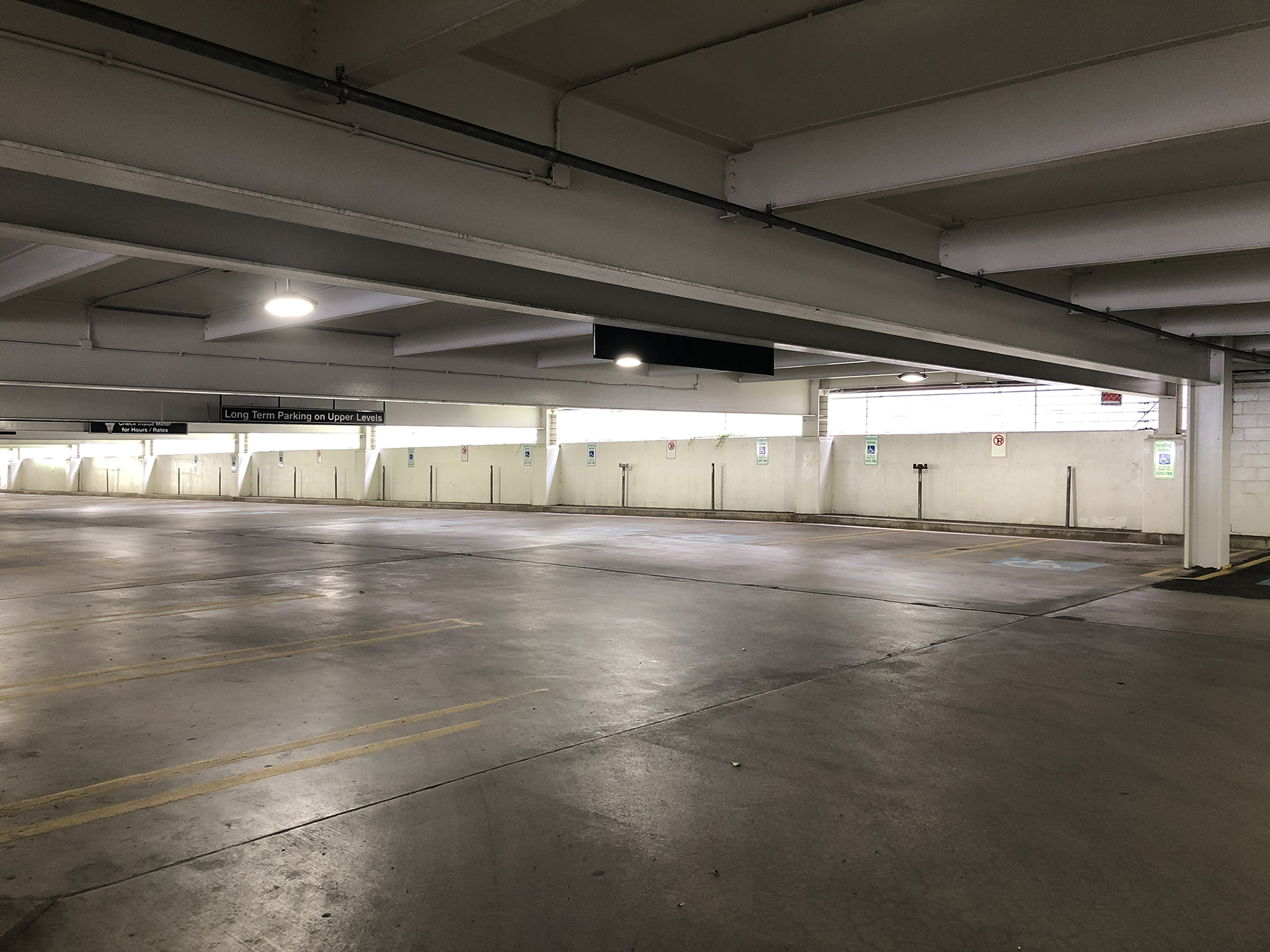By Sarah Leavitt
This post is the first in an occasional series on previous and future Museum exhibitions by Sarah, a curator now working from home during the coronavirus pandemic.

As a museum curator, I am often asked to connect exhibition topics to larger societal issues—to think about how to show visitors the relevance of National Building Museum content to their daily lives. As I sit at home in my dining room “office,” unable to bring people into the galleries and unsure when the Museum will reopen, I’ve been thinking a lot about my exhibitions and about whether, or how, the “big ideas” we tried to express within the galleries remain relevant, but perhaps in new (and unintended) ways in the context of this pandemic crisis. It seemed like an interesting exercise to go through each exhibition that I’ve worked on and find connections (if any) to our current situation. Or to imagine, perhaps, that I was curating these exhibitions right now. How would I address the pandemic in each one? Would these aspects of our built environment—which I once argued were fundamental to our understanding of the way the world works—seem different today? Would there be new themes to emphasize?
So I started with the first show I worked on at the National Building Museum, about the history of the parking garage. The other day, I walked from my home to downtown Silver Spring, Maryland, my local central business district, about 2 miles away. Our residential neighborhood is lovely this time of year, with the flowering trees and bushes, but I needed some evidence of city life. I needed to see something besides the same houses and the same tulips I see every day. Of course, once I arrived, there was precious little going on at the restaurants, bars, and stores. There was no farmer’s market, no movies, no skateboarding kids, no religious people handing out pamphlets. The relatively new murals curated by No Kings Collective, with their exuberant, bright colors and giant figures, seemed like a painted backdrop for a canceled performance. Still, I was delighted to see buildings of different shapes and sizes, and I marveled at how a change of scenery can provide true solace in these isolating weeks. But one thing that particularly stuck out for me was all the empty parking garages.
In 2009, “House of Cars: Innovation and the Parking Garage” argued that parking garages have been a vital part of the built environment of suburbs and cities since their proliferation in the 1920s. Parking garage engineering, organization, and maintenance quickly became fundamental to the way places worked, providing access to people from far away. City contracts and building codes mandated a certain number of parking spaces per square foot of development. All of a sudden, there was no such thing as development without parking. Parking garages, parking lots, and metered street parking, however, rely on open businesses. If there’s nothing to do—if the only things operating are restaurants with curbside pickup (no parking necessary)—then of what use is a parking garage? As I write this, thousands of parking spaces sit empty in downtown Silver Spring. I looked it up: 9,487 spaces. That’s a lot, though on busy Saturdays back in the old world, before the coronavirus, it seemed like the developers vastly underestimated the need, as we would drive around and around and around. But now most of them are empty, all day, every day. Nationwide—indeed, worldwide—the numbers must be astronomical. All of those parking garages, with their different ramps, configurations, and accessibility features, silent and empty.
Parking garages can be an interesting way to look at how cities change and respond to social movements. These structures—built to provide access to downtown shopping districts, beaches, office buildings, factories, and more—were once segregated by race until federal laws prohibited such practices. Fancy department stores in city centers offered special “women’s floors” with dressing rooms and valets, where shoppers could store packages while they went out to lunch. Many garages today have spaces set aside for pregnant women, for electric cars, for motorcycles and bicycles. All of them, of course, have spaces set aside for drivers with a blue handicap license or window hanger. Parking garages express social stratification and the community’s values.
And now, it seems, parking garages are expressing their inherent flaw: they only work in a business-as-usual situation. Today, with towns and cities sitting empty, waiting for stay-at-home orders to lift and for downtown offices, stores, restaurants, and movie theaters to open, the garage is a largely useless appendage. One interesting development is the use of parking garages as space for hospital triage or coronavirus testing, perhaps giving some of these structures a real way to play a role in our pandemic response.
If I were putting together the “House of Cars” exhibition today, I’d have to address the ways that parking garages will assume a different meaning through the pandemic times, as people are wary of congregating in large groups. The empty downtown garage could be seen as a symbol of our times in ways that of course I could never have imagined, though I would perhaps not have been surprised to see that garages can measure the pulse of our community life. Though I’m probably supposed to be grateful, somehow, for the lower pollution and fuel use and demonstrate my fealty to a cleaner, fewer-car environment, I cannot wait to park downtown again—even if I have to drive around and around to find an empty space.
Other Essays in This Series
• Kress at the Border
• Today Is the Day
• A Memorial for This Moment
• Thinking About St. Elizabeths
